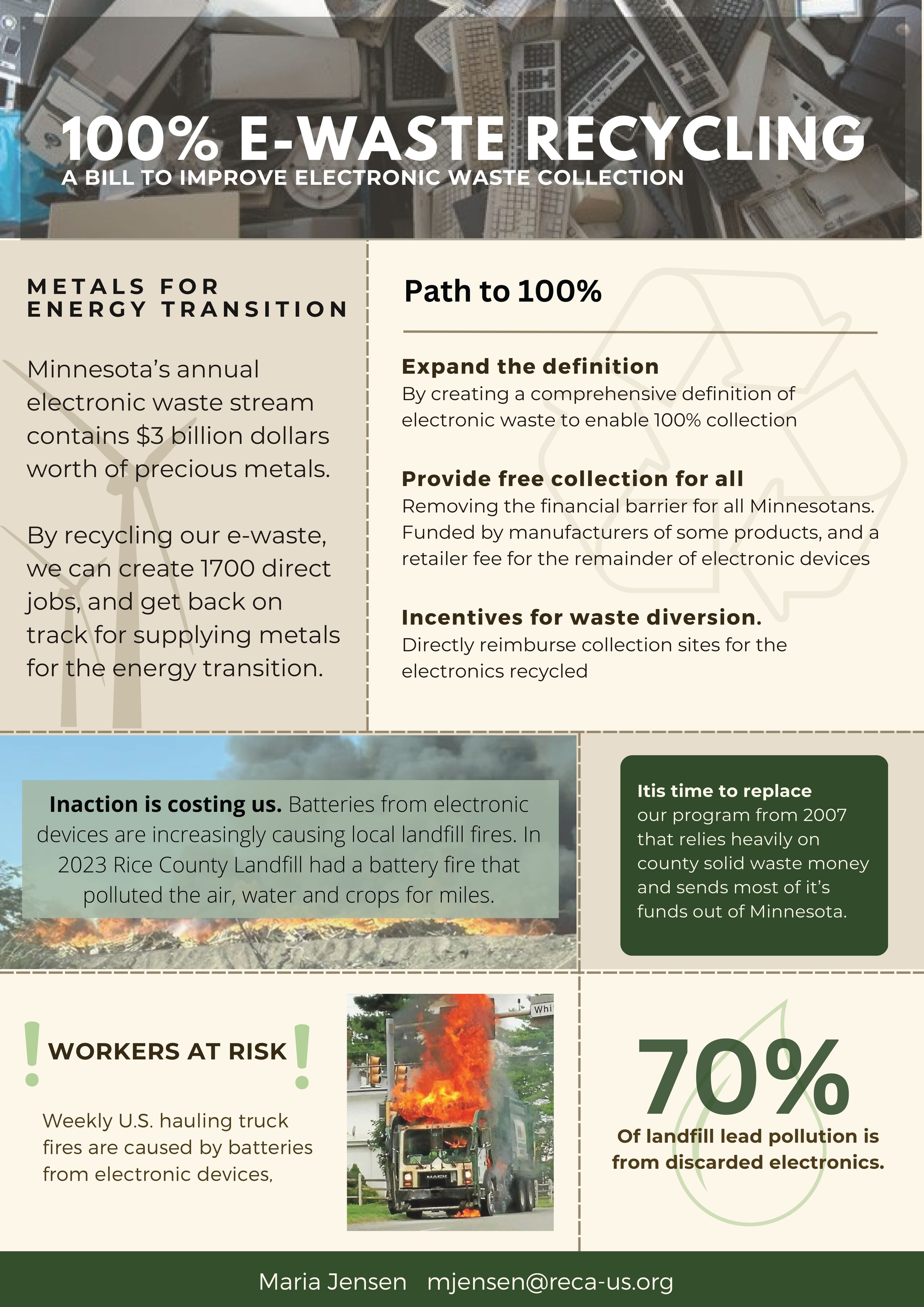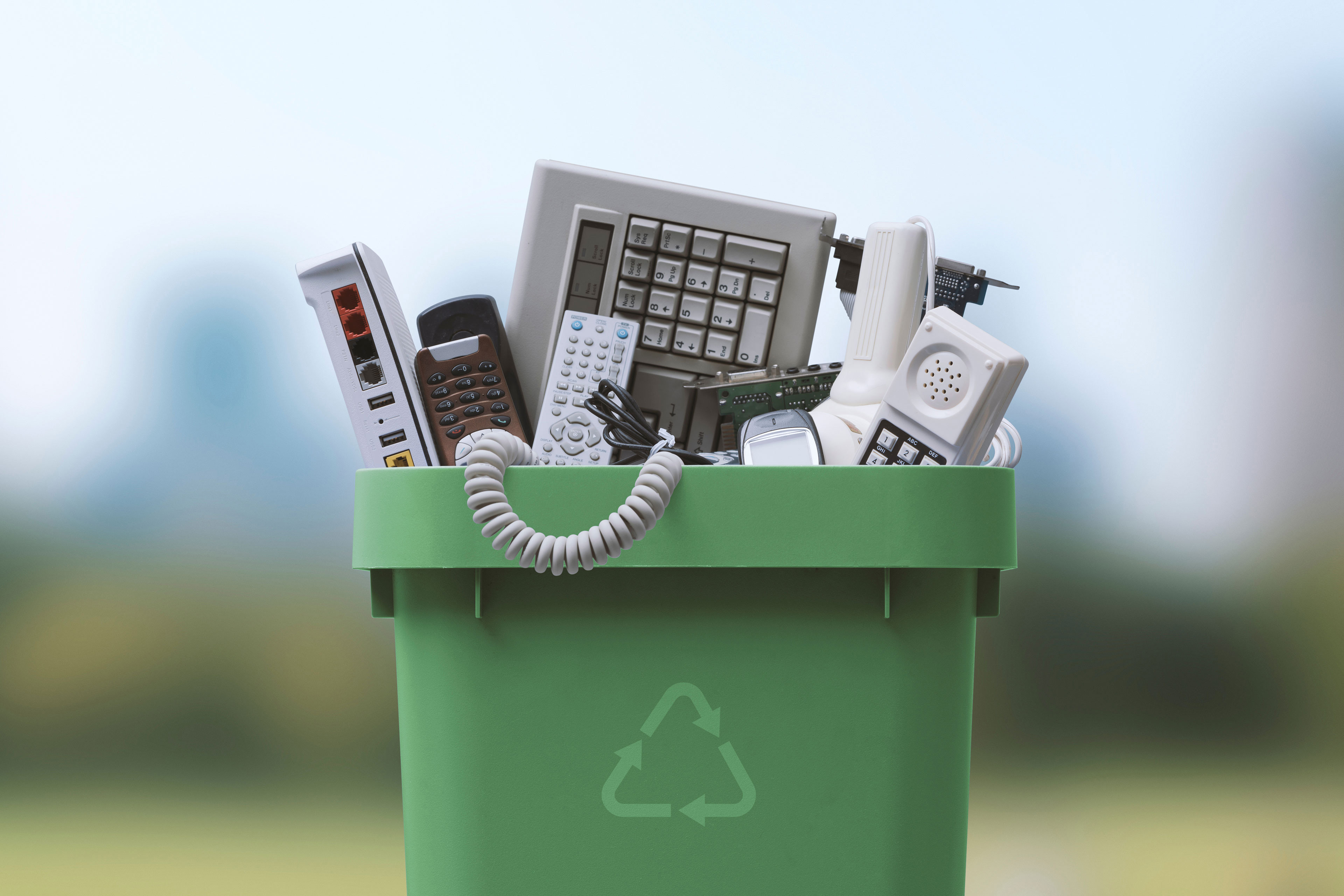All about Recycling Lives Services
All about Recycling Lives Services
Blog Article
Get This Report on Recycling Lives Services
Table of ContentsOur Recycling Lives Services PDFsSome Ideas on Recycling Lives Services You Need To KnowThings about Recycling Lives ServicesRecycling Lives Services - QuestionsRecycling Lives Services Fundamentals ExplainedThe Single Strategy To Use For Recycling Lives Services

E-waste recycling is a lot more challenging than standard waste recycling. Usually, the very first step of the reusing process is hand-operated sorting. Once e-waste is collected and transported to the reusing facilities, employees arrange the e-waste right into categories according to their types and designs. All electronic devices will certainly be checked out, and of which the components that are still useful will certainly be extracted to be reused; they can either be marketed as private parts or be integrated to form a brand-new phone or computer (recycling lives services waste management).
Here, e-waste is thrown into an enormous maker and is shredded into small items, but prior to that, it needs to initially go through a procedure called de-manufacturing, which describes the action of disassembling an item into elements. https://sitereport.netcraft.com/?url=https://recyclinglives-services.com. This treatment is to get rid of all the possibly dangerous products in digital devices that will ruin the maker or infect the atmosphere once got rid of right into landfills
Recycling Lives Services Fundamentals Explained

Next off, the waste is more separated with water. At this phase, practically whatever leftover are non-magnetic materials; they will experience one more device loaded with water, where materials with a low relative thickness, primarily plastic, will flow, while various other products, like glass, will sink. Before recycled products are marketed, is to inspect if there are any staying valuable materials stuck to the plastic.
Excitement About Recycling Lives Services
Reusing e-waste not just prevents hazardous compounds from entering our bodies and into the environment, but the procedure likewise minimizes the dangerous ecological impacts created by the extraction and mining of virgin materials. Besides, the prospective economic advantages that can be obtained from this sector are huge. The discarded e-waste in 2019 alone deserved even more than US$ 57 billion.
Computer systems and digital devices are made from multiple types of plastic, metal, glass and priceless metals. Our objective when reusing electronic devices is to separate the different products from each other. The "item" we produce from reusing is clean separated streams of recycled plastic, iron, steel, copper, light weight aluminum, glass and valuable metals.
2-1/2 minute video clip reveals electronic devices being recycled at a SLS facility. The customer records we are able to produce depends on exactly how devices is handled prior to being recycled.
Recycling Lives Services for Beginners
Our major recycling sites are outfitted with automated industrial shredders, conveyor systems and arranging devices. This very first step prepares the e-waste to start the procedure of dividing plastic components from steel, copper, aluminum, glass and other assets.
After shredding, the conveyor belts press the e-waste through magnets, eddy currents, infrared cams and air jets. These innovations sort out various product kinds and different arranged product from the e-waste stream.
The Definitive Guide to Recycling Lives Services
Dividing Iron and Steel from e-Waste After shredding, conveyor belts transfer the shredded computers and e-waste under an effective magnet, which separates iron and steel from the shredded e-waste (recycling lives services muck away). The steel and iron are gathered in pallet sized bags and planned for sale as reused commodity materials. Separating Light Weight Aluminum, Copper and Circuit card from e-Waste After passing under the magnet, the e-waste remains to move through the conveyor belts with extra mechanical separators
A visual examination and hand sorting improves the high quality of the drawn out materials. The apart streams of light weight aluminum, copper, and circuit card are gathered in pallet sized bags and gotten ready for sale as reused product materials. Advantages of Recycling Recycling vs - https://www.figma.com/design/nsgzwVfQaiGTixdFNx262l/Untitled?node-id=0-1&t=3QbQXflqeLec3YH5-1. Virgin Material The apart assets are used to make next generation products
Making use of recycled material in the production of brand-new items has advantages that go far past product reuse. It reduces air pollution and carbon exhausts, reduces power and water intake and keeps useful materials out of land fills. As each product is divided from the e-waste stream, the product is collected in pallet sacks or huge cardboard boxes and shipped to one more processor or directly to a maker.
How Recycling Lives Services can Save You Time, Stress, and Money.
It reduces air pollution and carbon exhausts, minimizes power and Continued water usage and keeps helpful materials out of garbage dumps. SLS is at the leading edge of creating cutting-edge e-waste reusing services.
Consumers can buy less things while recycling and reusing extra. Governments can create e-waste monitoring systems to collect and recycle, drawing out in a risk-free method some of the estimated $62.5 billion of value from discarded products. Business can develop items created to last, not to be changed, and to be recycled.
Report this page